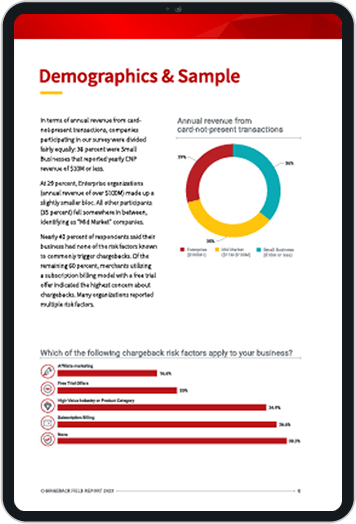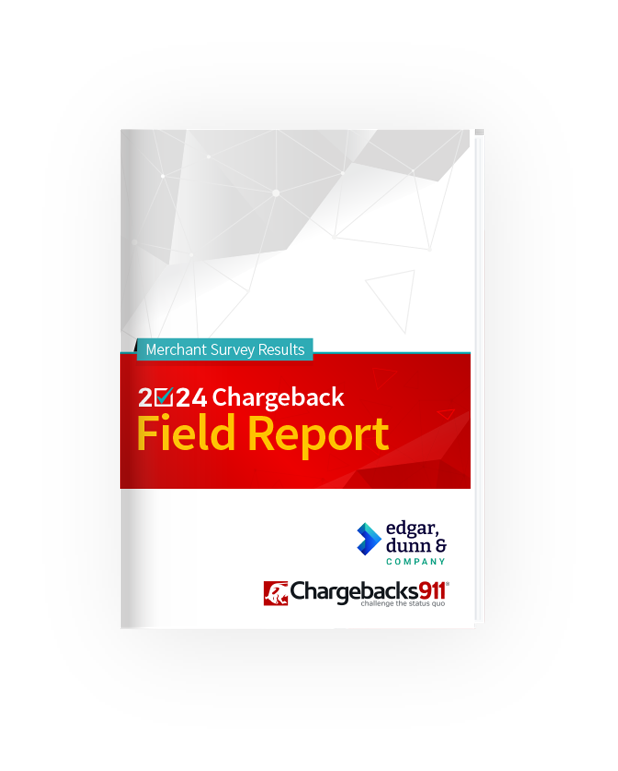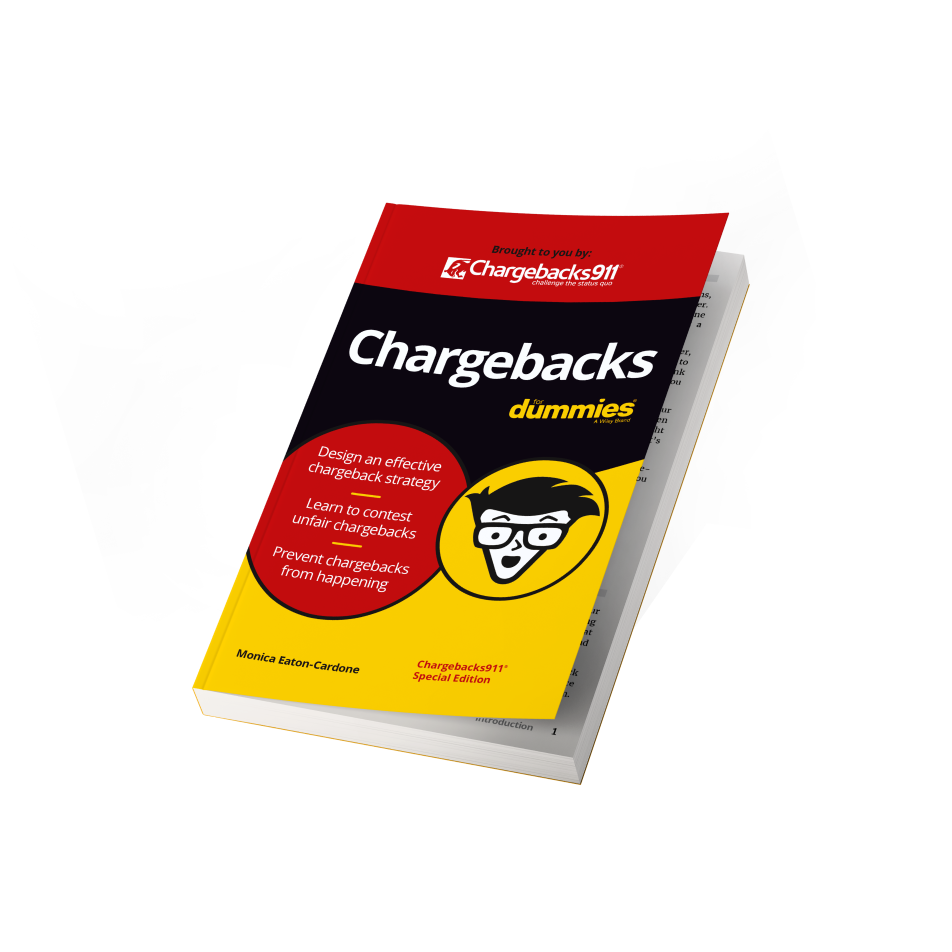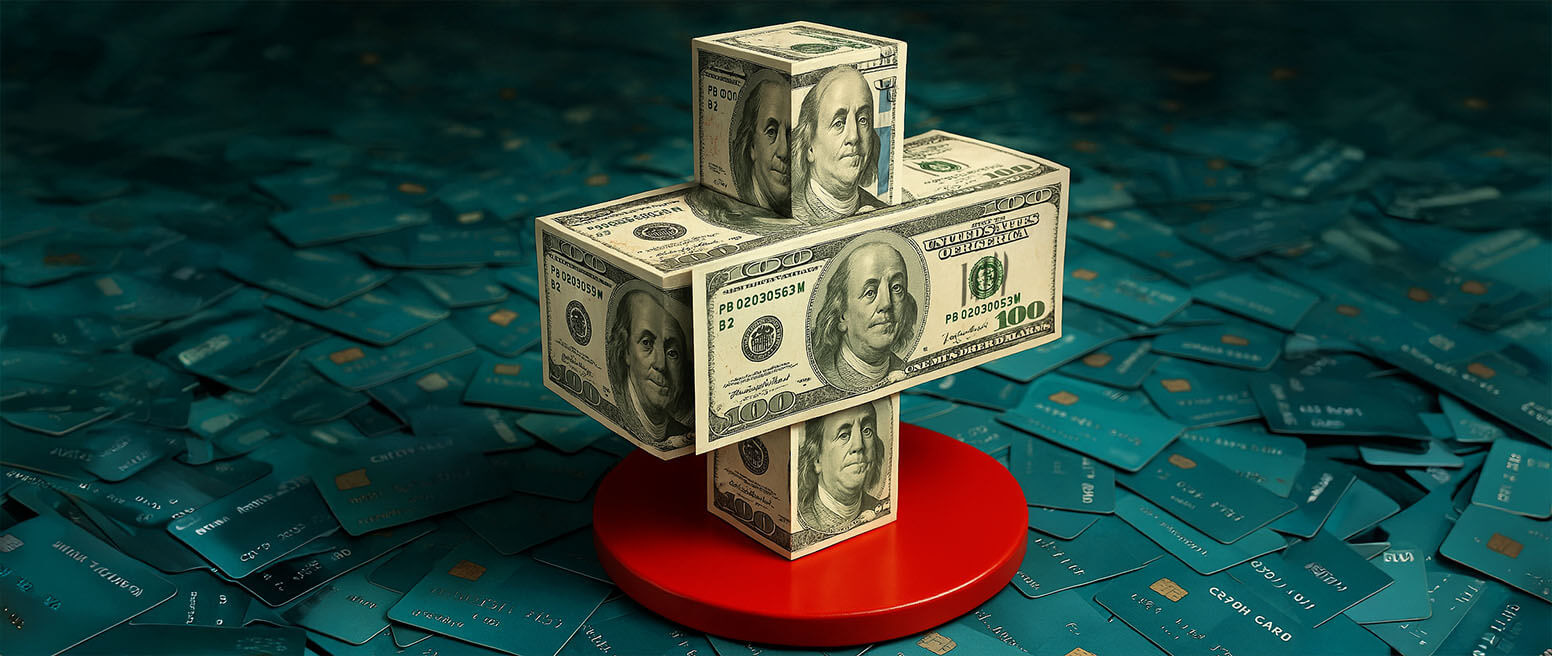Who Plays What Role in the Payment Process Flow?
There’s a lot that goes on behind the scenes when one of your customers swipes a credit card or enters their card information online.
Most of the action happens automatically, with information being transmitted between players in near-real time. But who are these players, exactly? How are they helping you out?
Computers may be doing more of the heavy lifting, but the basic roles of each participant in the payment process haven’t changed much over the decades. There will pretty much always be a buyer and a seller, plus banks, gateways, and card networks involved.
So today, I want to explore who’s who in the payment processing flow: what each party’s job is, why it’s important, and how it gets done.
Recommended reading
- Merchant Identification Numbers | How Do MIDs Work?
- Why is My Bank Account is Under Investigation?
- Issuer Declines: 7 Reasons They Happen & How to Fix Them
- How Debit Payment Processing Works: Costs, Rules, & More
- Interchange-Plus Pricing: How it Works | Tips for Lower Rate
- Payment Trends: Where Payment Processing is Going in 2025
How Does Payment Processing Work?
We did a detailed breakdown of each step in the payment process flow in another article. But, the information is pretty important to our discussion. So, before we get into the players, let’s do a quick review of how payment processing works.
This is the over-simplified version, of course. But it gives us a working idea of where the players fit in the credit card processing workflow.
Who’s Who in the Payment Process Flow
The main links in the payments chain are the merchant, the customer, the issuer, the acquirer, the payment processor, the gateway, and the card network. While the payment processor manages and facilitates the process, all perform essential roles.
An ordinary purchase transaction between two parties involves… well, two parties: a buyer and a seller. Right?
Well, that might be the case with an old-fashioned cash transaction. With a payment card purchase, though, there’s no customer in front of you handing you cash. You have to rely on a whole string of other players to make the transaction happen.
I want to run down the role that everyone plays in the payment process flow. But, let’s start with the one you’re probably most interested in: you.

Learn more about processing fees
One Last Thing…
Over the last few decades, the powers that be have managed to work out a lot of the kinks in the payment process flow. There are opportunities for errors and fraud in the process, but they’re comparatively rare, relative to the number of transactions processed every single day.
Number of credit card transactions processed every second around the globe.
Source: CapitalOne
Volume of consumer credit card transactions processed by Visa, Mastercard, Amex & Discover in 2023, in USD.
Source: CapitalOne
Projected losses in the US due to credit card fraud in 2023.
Source: FTC
To be honest, it’s even less common for fraud to happen somewhere in the payment process flow itself. Cybercriminals are much more likely to strike before — or after — the transaction.
Take so-called “friendly” fraud, for example. This is a form of first-party fraud, and it can happen weeks after the original sale is done.
All the players in the payment process flow need to be diligent here, and keep an eye out for suspicious-looking transactions. Even then, it’s not going to be enough of a firewall to stop all fraud entirely.
You really need a comprehensive protection and risk-management strategy. Our experts can help: contact us today to learn more.
FAQs
What is the basic flow of the payment process?
Transaction requests are transmitted from your terminal or checkout page to a payment gateway. It moves through a payment processor to the card network, who sends it on to the issuing bank. After the issuer either authorizes or declines the sale, the data travels back to you in reverse: issuer to the card network, then to the payment processor, the gateway, and finally back to your terminal.
Who are the major players in payment processing?
The main links in the payments chain are the merchant, the customer, the issuer, the acquirer, the processor, the gateway, and the card network.
Who processes payments?
The payment processor manages and facilitates much of the process. That said, banks, gateways, and card networks also play crucial roles.
What is the role of a payment processor?
In basic terms, payment processors are third-party providers who facilitate and manage the transmission of transaction data between you, your acquirer, and the card networks.














